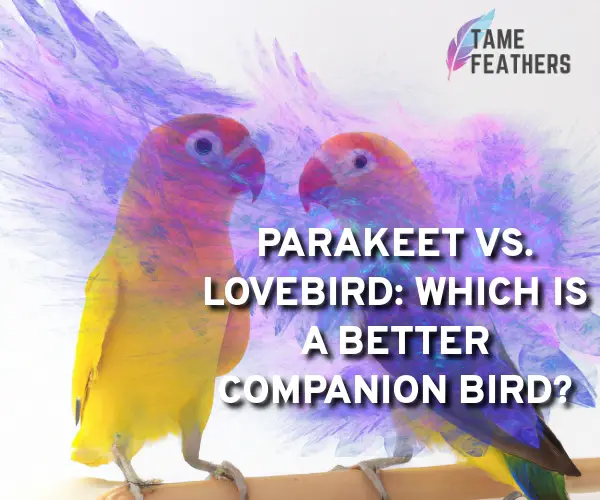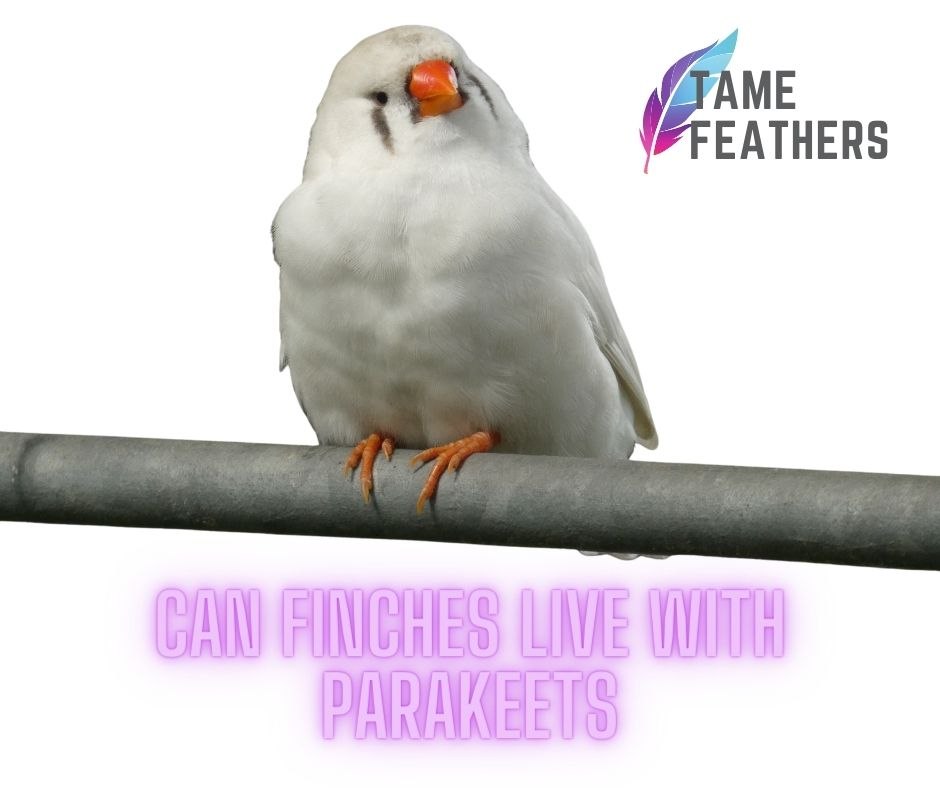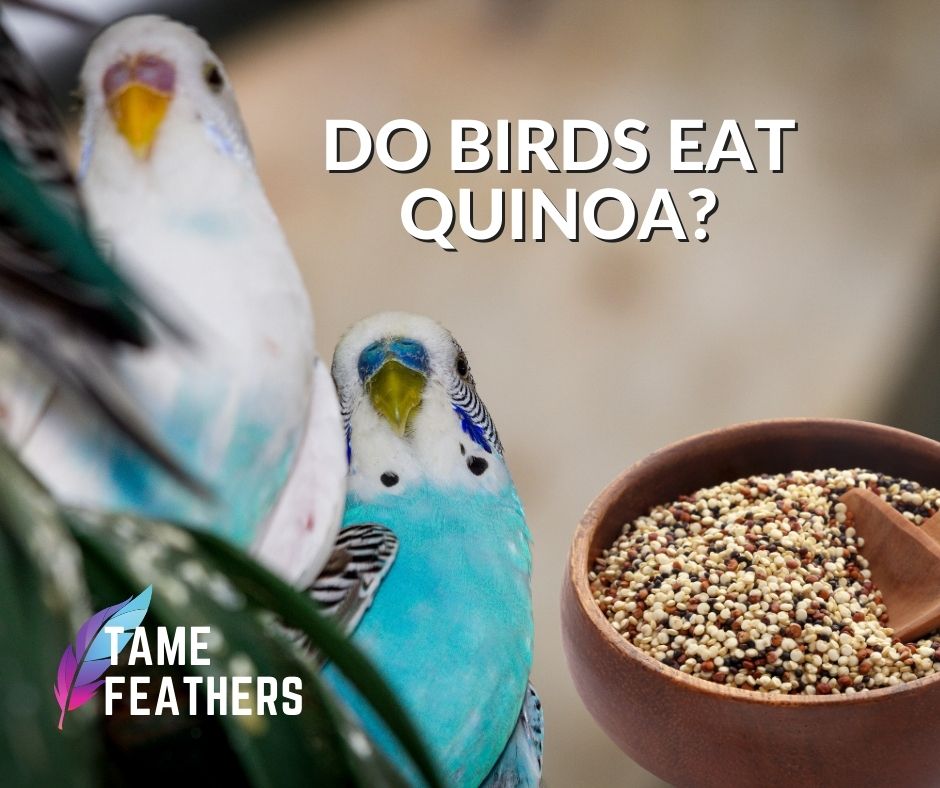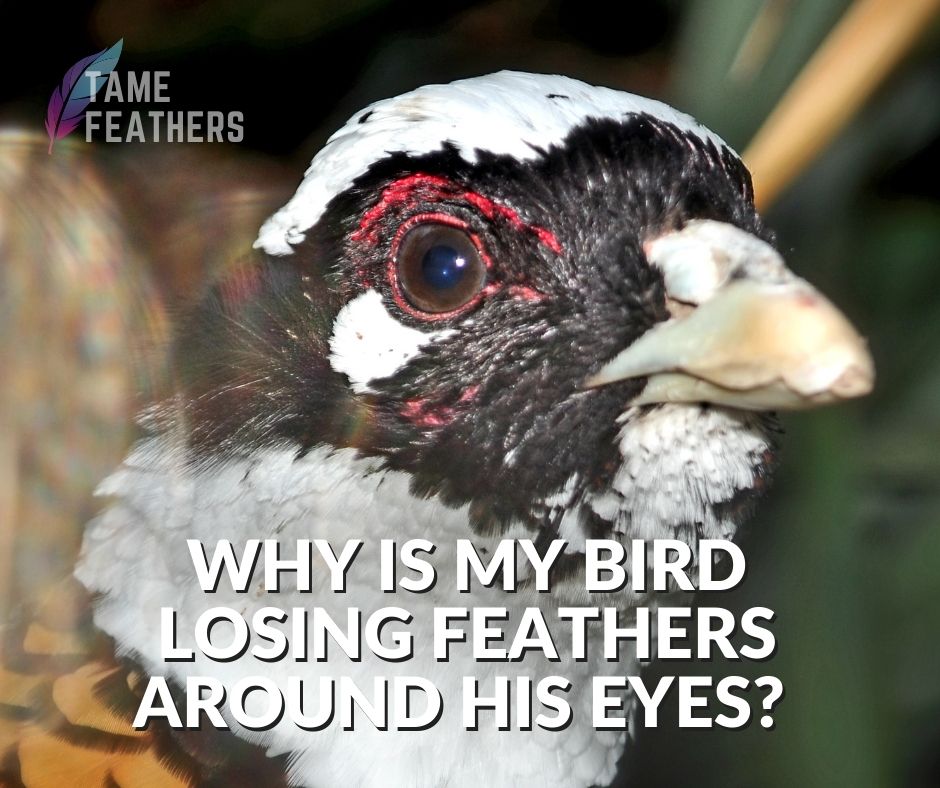Personality
It’s well knowledge that parakeets have outgoing personalities, and they also have a tendency to be more social than lovebirds do. They thrive on the company of others and have the potential to become very devoted companions. Lovebirds aren’t quite as talkative as parakeets, which makes them a better option if you want a feathery companion that communicates its emotions through song. Parakeets, on the other hand, are very vocal. The majority of the time, parakeets are energetic and inquisitive birds who like to investigate their surroundings, including any toys or activities that are kept in their cage.Once tamed and united with their owners, lovebirds have dispositions that are slightly less outgoing than other birds, but they more than make up for it by being highly dedicated to those people. Because lovebirds, unlike parakeets, don’t typically begin vocalizing until they’ve been around for some time, it’s possible that it will be some time before your bird figures out how to communicate verbally. Many people believe that because, in addition to vocalizing their affection, these birds demonstrate affection through the behaviors of snuggling and preening, that they are the ideal companion bird.
Care Requirements
The care that parakeets require is comparable to that of the majority of other small pet birds. This includes making changes to the diet on a regular basis to ensure that the bird receives the appropriate amount of nutrients; providing access to clean water at all times; cleaning the cage on a daily basis; providing plenty of items that can be chewed on, such as wooden blocks or cuttlebones; providing access to natural sunlight when it is available (for example, by housing the bird in an outdoor aviary); providing regularLovebirds require the same level of care in terms of their diet and hygiene, but in contrast to parakeets, they do not require any additional lighting or access to direct sunlight. This is because lovebirds have a tendency to stay close to their owners during playtime, whether they are inside or outside, which makes indoor cages an ideal choice for providing sufficient stimulation for these devoted creatures.
Size & Lifestyle
The size of a parakeet can vary from species to species, but on average, they are between 4 and 8 inches long when measured from head to tail. Because of this, they are a great pet option for people who live in smaller houses where room is limited. As long as the little birds are properly introduced to other pets like cats and dogs in the beginning, they shouldn’t have any problems coexisting peacefully with other animals.Depending on the species, lovebirds can grow to be anywhere from 5-7 inches tall. Although they are larger than parakeets, lovebirds are still suitable for keeping even in spaces that are relatively small. This is largely due to the fact that most varieties of lovebirds do not tend to wander too far from homebase while in flight, as opposed to larger breeds that tend to soar far off into the distance. When appropriate preventative measures are implemented in advance, there should be no issues whatsoever associated with the ownership of many lovebirds within the same family.




